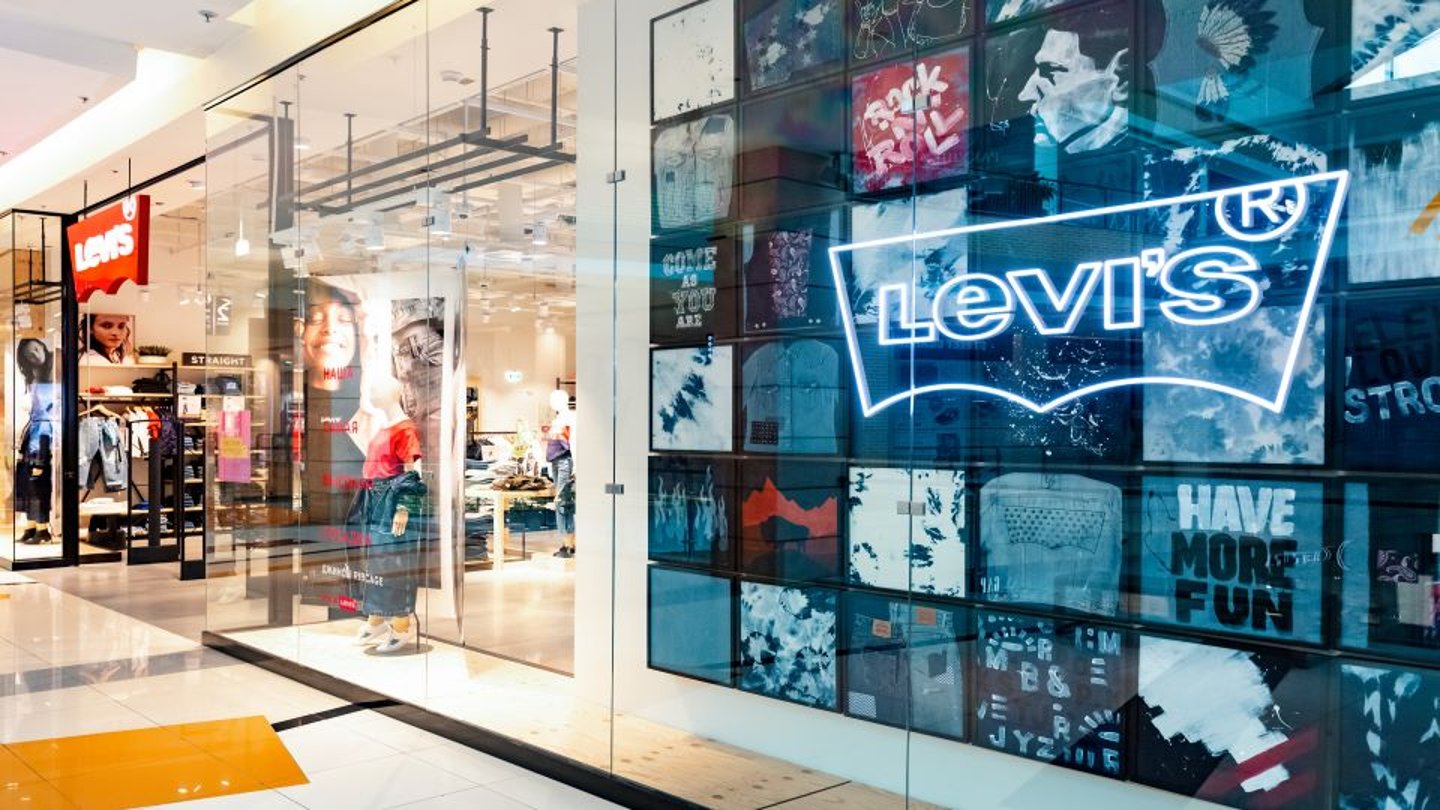Levi’s Jumps Inventory Hurdles With Machine Learning E-commerce Tech
Goodbye inventory roadblocks. On-shelf availability just got a little bit smarter with Levi Strauss & Co.’s machine learning-powered innovation, reducing obstacles related to stock-outs.
The company is launching patent-pending BOOST, which stands for Business Optimization of Shipping and Transport — an AI- and machine learning-driven e-commerce solution that optimizes inventory management to streamline and improve order fulfillment.
How It Works
Consumers who are looking to purchase a specific product online, and find the item is out of stock, will be able to easily locate nearby stores that are carrying the item.
“When somebody goes online to make a purchase, we have distribution centers where we keep inventory specifically for those orders,” Louis added. “One of the things we can do with BOOST is broaden that search for available products to include stores and allow the engine to choose the best fulfillment option for both the consumer and our bottom line.”
Levi’s is not only looking to improve operational efficiency with the platform — which should decrease costs for consumers without sacrificing quality — but shoppers will also have access to a larger pool of inventory and a more streamlined experience.
[Read more: Levi’s Works Smarter With Automation Bots, Shrinks Manual Workload]
“If a consumer orders three things from Levi’s and gets three packages from Levi’s, it’s a poor experience for the customer and a bigger strain on resources,” said Louis DiCesari, global head of data, analytics, and AI, adding that BOOST’s AI calculations allow the company to reduce shipping impact without shifting the burden to consumers.
The technology is designed to make independent, informed decisions based on all elements of the fulfillment processes, including shipping, packing, and labor. This should save time and money across the board, said Levi’s.
“The beauty of it is that we’ve been able to automate all of this so it’s really a decision-making engine, not just an information engine, allowing our teams to focus their efforts on other value-adding initiatives,” Louis said.
Levi’s Going All-In on AI and Machine Learning
It’s no surprise that Levi’s has launched this innovative solution. The company has emphasized it is embarking on a “digital transformation journey” that will support growth in its DTC business and drive greater consumer experiences.
“We worked closely on the development of the engine with our direct-to-consumer teams, who make it their mission to turn consumers into lifelong fans, wherever and however they like to shop. This is just one example of how we’re applying the benefits of digital innovation to accelerate that shared vision,” Louis said.
Katia Walsh, Levi’s chief global strategy and AI officer, said just a few months ago that her ultimate dream is for AI to support the entirety of Levi's enterprise — everything from HR and finance to design and product sourcing: “Every single thing we do [would be] AI-enabled.”
Measurable Results Already Streaming In
Levi’s said it’s already seeing benefits from the system across the board, impacting employees, shoppers, and resources. As a result, the company wants to expand BOOST’s capacity.
“At the moment, it accounts for about 40% of BOOST-eligible e-commerce orders,” said Inna Saboshchuk, global operations data science manager. “By Black Friday this year, we should be processing 100% of eligible U.S. orders, and we are currently scaling this across our businesses in Europe.”
The company is also seeing results in other areas where it is implementing AI. When AI was applied during end-of-season sales and promotional events, Levi’s saw success with adaptive pricing. As an example, there was an unexpected influx of warm weather during Singles Day in China, which prompted them to lower prices in real time on a down jacket and increase the price on a lighter jacket.
AI is also having a positive impact on the company’s sustainability goals. Levi’s laser finishing is reducing the company’s use of water and chemicals. It connects neural networks with lasers to create patterns in two minutes — the process previously took two days.










